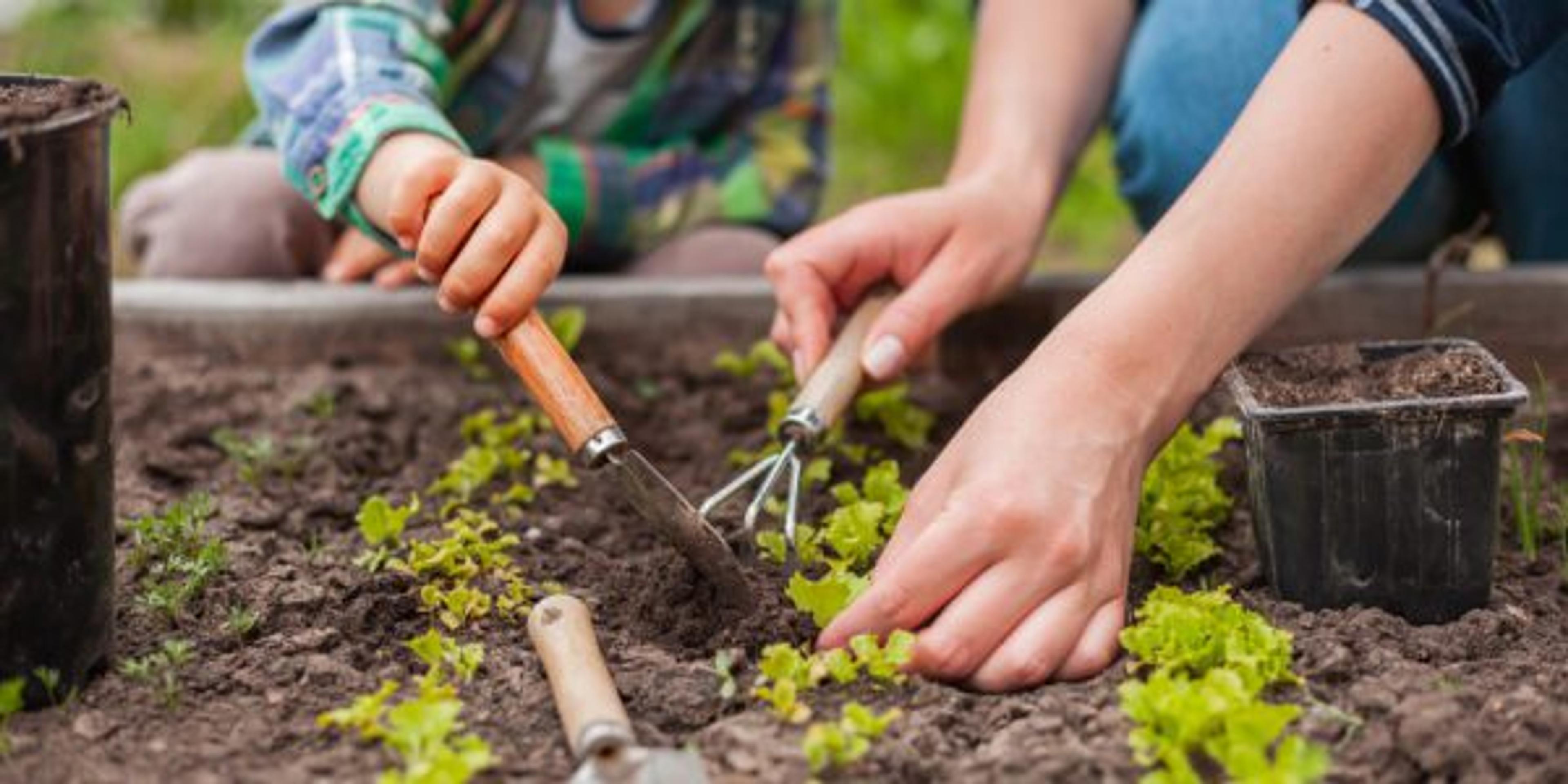A Guide to Summer’s Poisonous Plants

Emily Martinez
| 2 min read
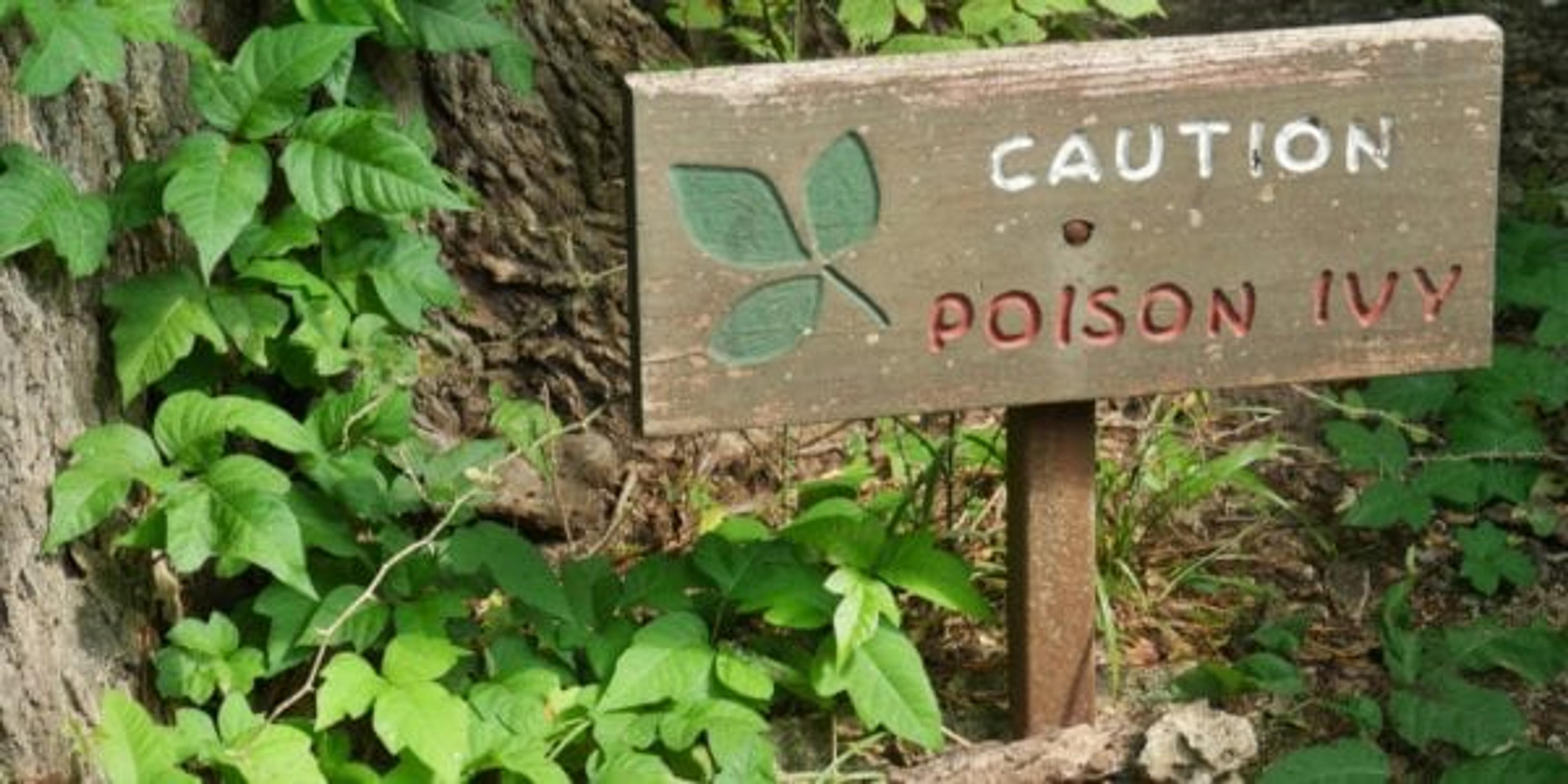
Summer is in full swing. School is out, grills are uncovered and flip flops are by the front door. For Michigan kids, it’s a time to unwind, and enjoy the best the season has to offer.
As people emerge from their homes, poisonous plants may also begin to appear. Here are some tips on how to protect yourself and your children from Michigan’s most bothersome bushes.
According to the National Resources Conservation Service, nearly all counties have poison ivy and poison oak, with one-third of the state containing poison sumac.
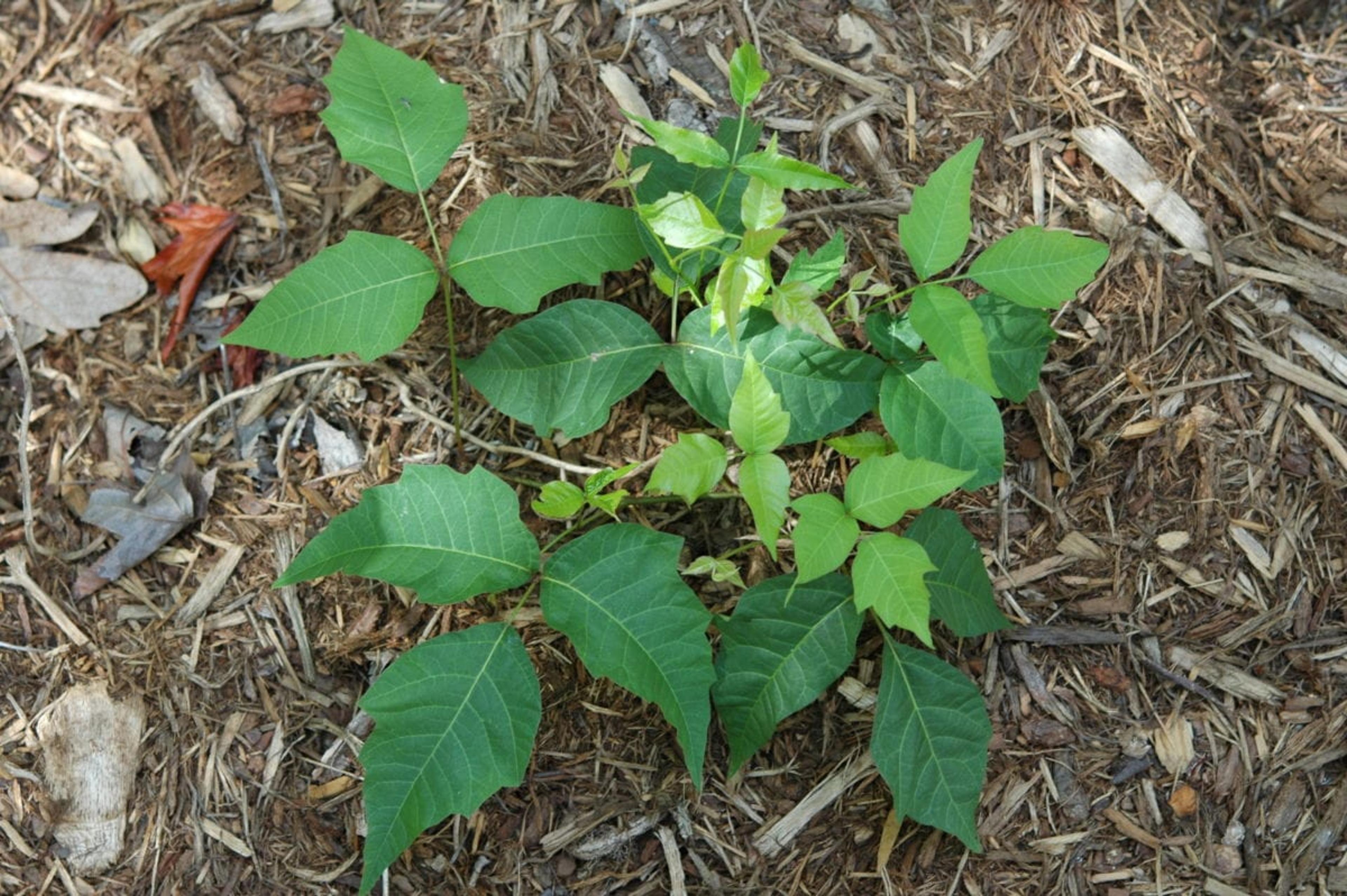
Poison Ivy
Everyone has heard the classic saying “leaves of three let it be.” Poison ivy falls directly into that category. But its two leaves, located on the sides, are not symmetrical. If you see a small shrub or vine containing three leaf clusters that have this characteristic, don’t engage. There’s a chance it might be poison ivy.
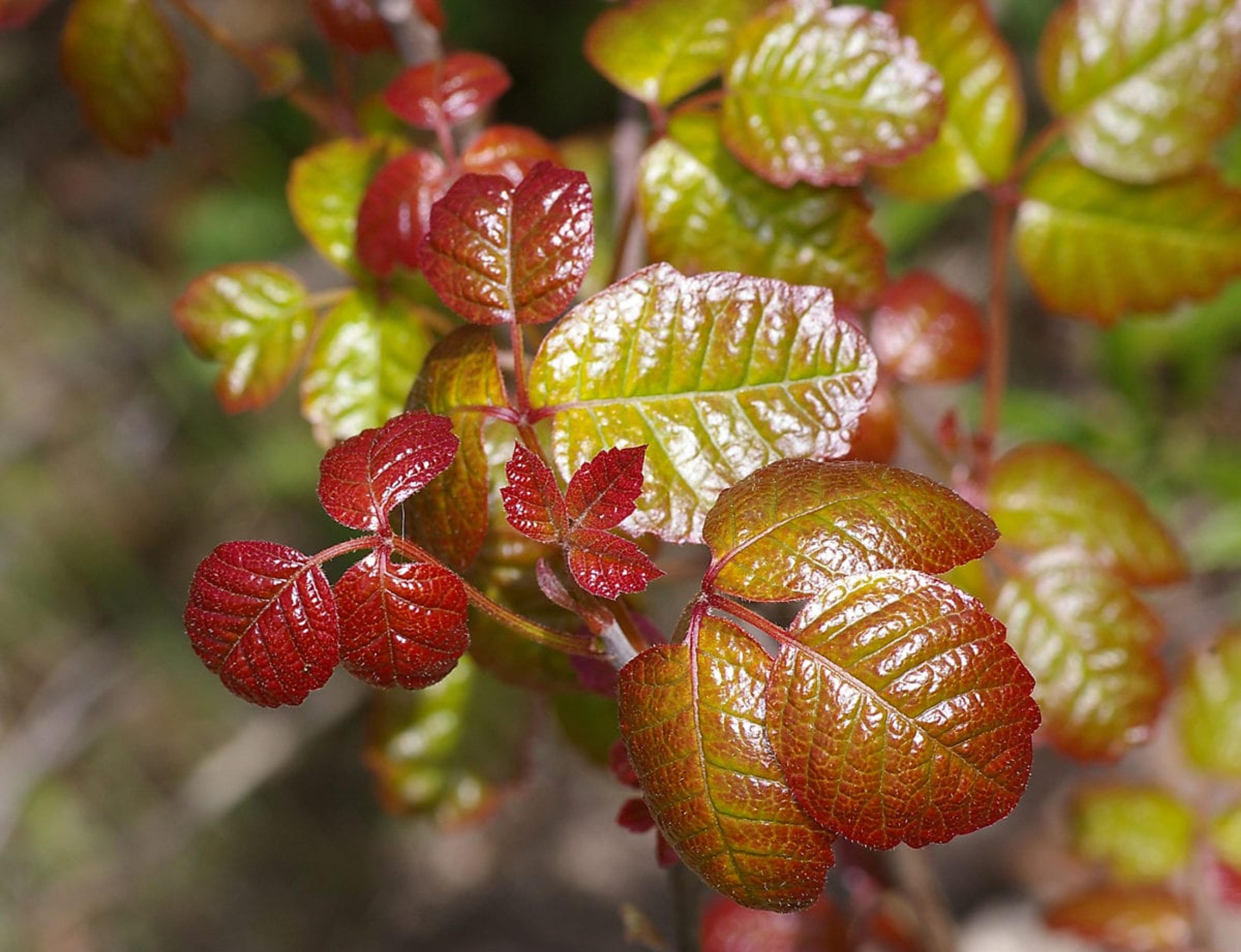
Poison Oak
Poison oak can be found in many areas. It can look like a shrub but has the capability to grow like a vine in shaded areas. Poison oak is very similar to poison ivy, it can have shiny leaves and also irritate the skin.
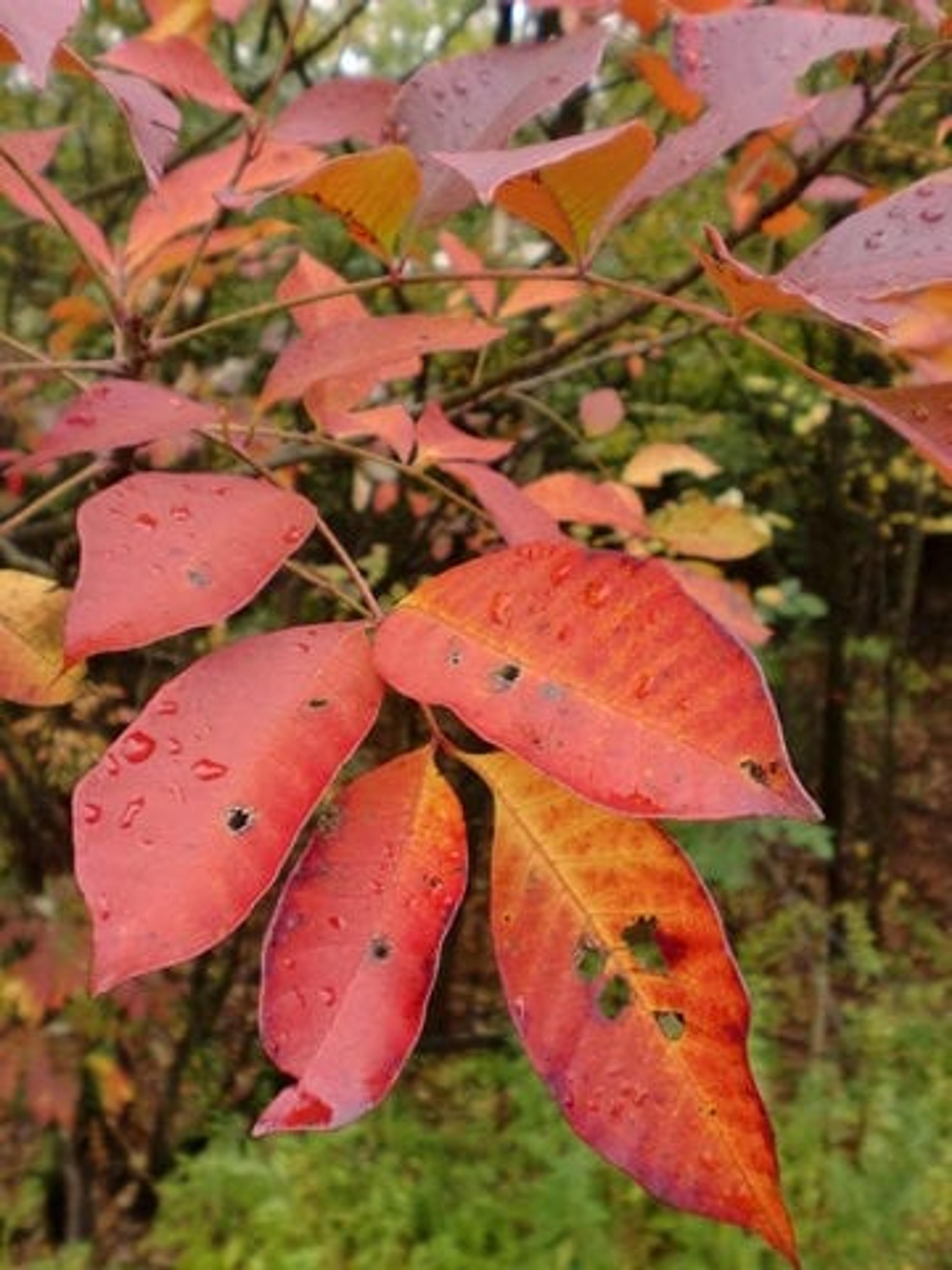
Poison Sumac
In the fall, poison sumac can be the most colorful but dangerous plant. It’s typically found in a swamp or bog-style area, and can grow into a small tree or shrub. Touching poison sumac can cause a rash worse than both poison ivy or poison oak. According to EarthSky, poison sumac contains the most potent amount of urushiol-a type of oil resin. However, it doesn’t have the widest distribution, poison ivy currently holds that title.
Here’s what you should you do if you come in contact with one of these plants:
- Wash the infected area with dish soap. Because dish soap is great at removing and breaking up oil, it can help dissolve the plant’s residue from your skin or clothes.
- Fight the urge to scratch. This may seem like an impossible task, but it’s for your benefit. Scratching can raise your risk of infection and lead to harder recovery.
- Treat the infected area. Luke warm baths, hydrocortisone cream, cold compresses, and antihistamine pills can all provide relief until the rash subsides.
Poisonous plants can be bothersome but by educating you and your family you can avoid a serious rash and get back to your summer.
If you enjoy this blog, check these out:
Photo Credit: John, Alan Schmierer, Eliza Barrett via Flickr and raksybH via Getty Images.


